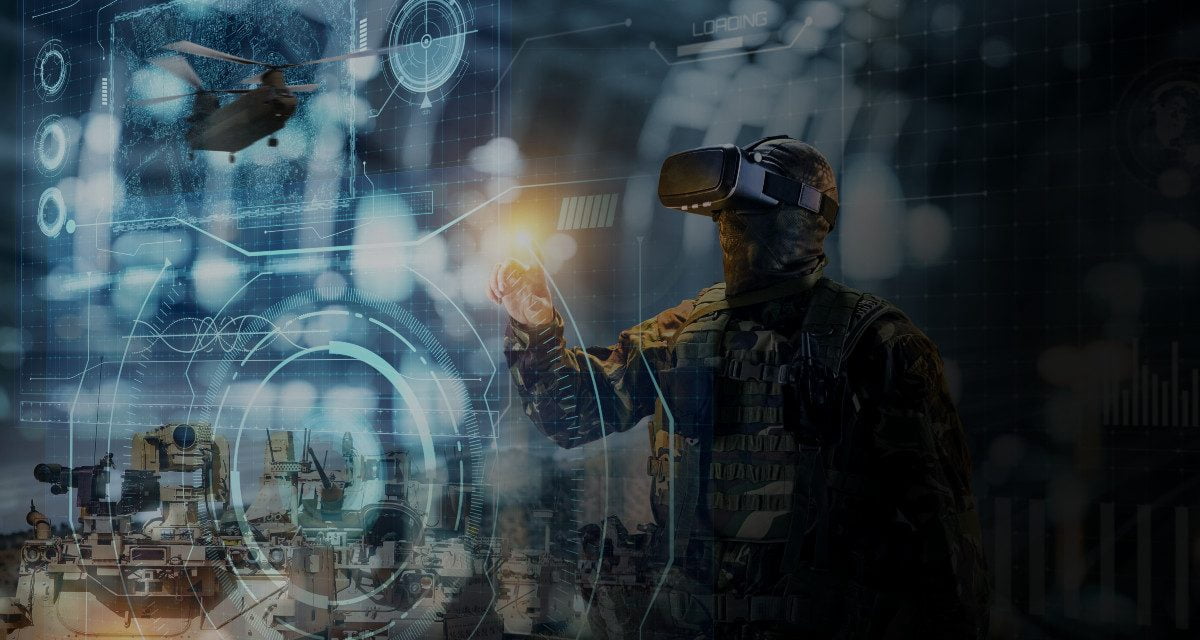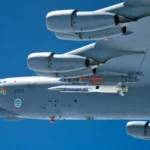
Rafael Köhler
August 22, 2022
Modern warfare has dramatically changed the landscape of global conflict. Traditional defence strategies, once dominated by large-scale troop movements and fortifications, have had to adapt to new technologies and unconventional threats. This article explores the evolution of these strategies, highlighting how historical tactics have been reimagined to address today’s security challenges.
In ancient times, defence strategies focused on physical fortifications like walls, castles, and natural barriers. The emphasis was on holding ground and protecting territory from invaders. Large armies clashed in open fields, employing strategies that involved direct combat, sieges, and attrition.
As time progressed, these strategies evolved with the introduction of gunpowder and advanced weaponry. Fortifications became more sophisticated, and the battlefield expanded beyond direct physical confrontations to include naval and aerial combat. World Wars I and II further revolutionised defence tactics, introducing trench warfare, tanks, and early forms of electronic warfare.
The advent of the digital age has profoundly impacted modern warfare. Traditional defence strategies have had to incorporate cutting-edge technology to stay relevant. Here are some key advancements:
One of the most significant changes in modern defence is the rise of cyber warfare. Unlike traditional warfare, cyber warfare doesn’t rely on physical presence. Instead, it involves attacking an enemy’s computer systems, disrupting communication networks, and compromising data integrity. Countries now invest heavily in cybersecurity measures to protect critical infrastructure and maintain strategic advantages.

Drones have transformed reconnaissance and combat operations. These unmanned aerial vehicles (UAVs) can conduct surveillance, gather intelligence, and carry out precision strikes without risking human lives. Their ability to operate in hostile environments and provide real-time data has made them invaluable in modern military strategy. Müller Defence integrates cutting-edge drone technology into its service offerings, enhancing operational effectiveness.

AI and automation are becoming integral parts of defence strategies. AI can analyse vast amounts of data to predict threats, optimise logistics, and enhance decision-making processes. Automated systems, from robotic soldiers to self-navigating ships, reduce the need for human presence on the front lines, thereby minimising casualties.

With technological advancements come new threats that traditional defence strategies must address. Here are some notable examples:
Asymmetric warfare involves conflict between belligerents of significantly different military capabilities. Terrorist groups and insurgents often use guerrilla tactics, making it challenging for conventional forces to respond effectively. Modern defence strategies now include counter-insurgency operations and special forces that can adapt to these unconventional tactics. Companies like Müller & Co. Defence Innovations are continuously developing solutions to tackle these unique challenges.
Information warfare targets the perception and morale of the enemy. This can include propaganda, psychological operations, and the spread of misinformation. In the age of social media, controlling the narrative and countering false information is crucial for maintaining public support and strategic advantage.
Modern defence strategies are now a blend of traditional methods and innovative tactics. Here are some ways these have been integrated:
This approach leverages information technology to link various military units and systems. By creating a cohesive network, forces can share information in real-time, improving situational awareness and coordination. This integration enhances the effectiveness and responsiveness of military operations. Müller Defence plays a pivotal role in advancing network-centric warfare capabilities, ensuring seamless communication and coordination.
Multi-domain operations involve coordinating actions across land, sea, air, space, and cyberspace. This comprehensive approach ensures that efforts in one domain support and enhance activities in others. For example, cyber operations can disrupt enemy communications while air and ground forces conduct coordinated attacks.
The evolution of traditional defence strategies in modern warfare underscores the importance of adaptability and innovation. As technology continues to advance and new threats emerge, defence strategies must remain dynamic and multifaceted. By blending historical tactics with cutting-edge technology, modern military forces can effectively navigate the complexities of contemporary conflict.





Müller & Co Defence Innovations: Your trusted source for quality military products and expert defence solutions. Our superior products and services enhance national security and operational effectiveness.
Training for Strength, Preparing for Peace.